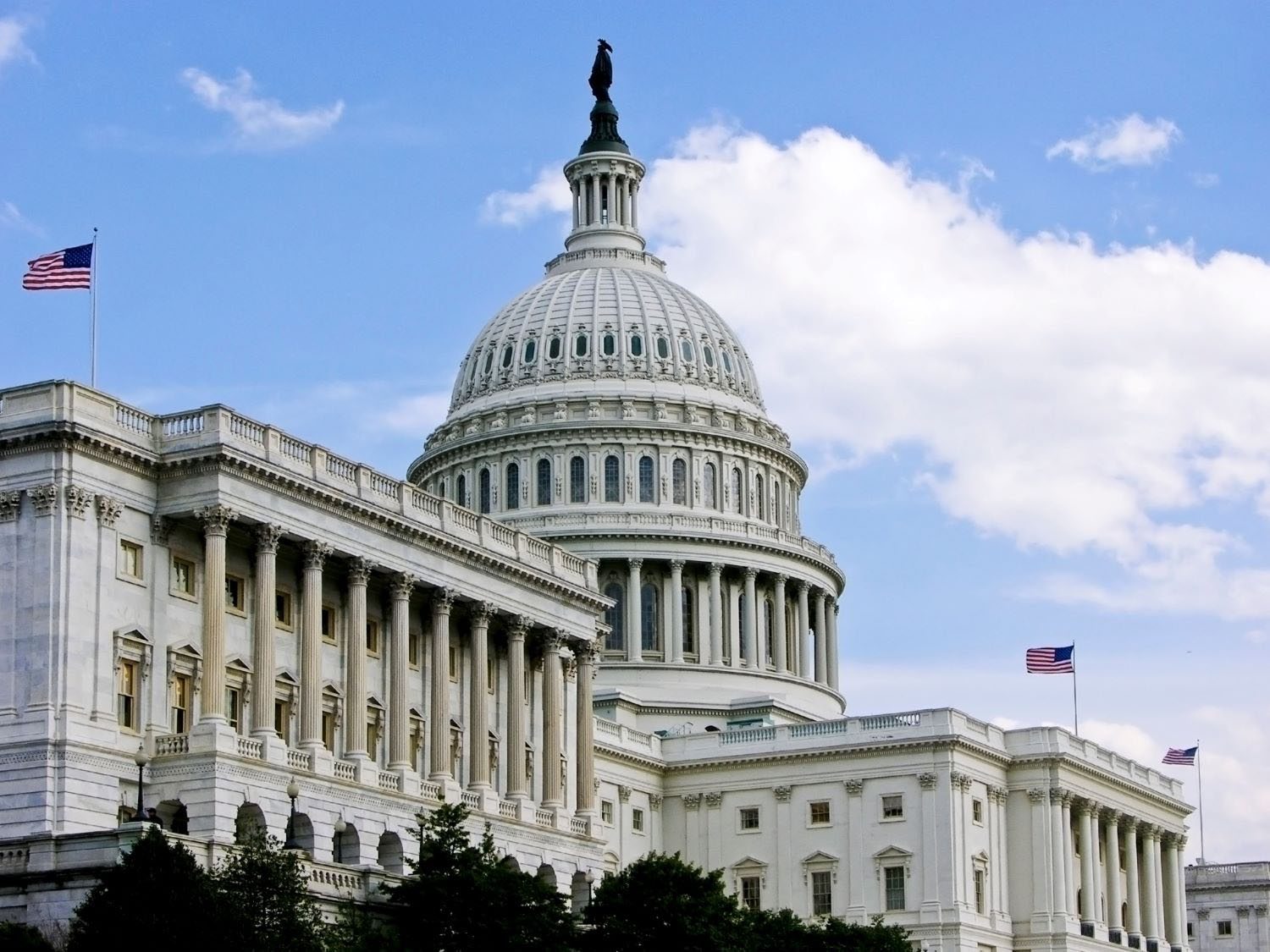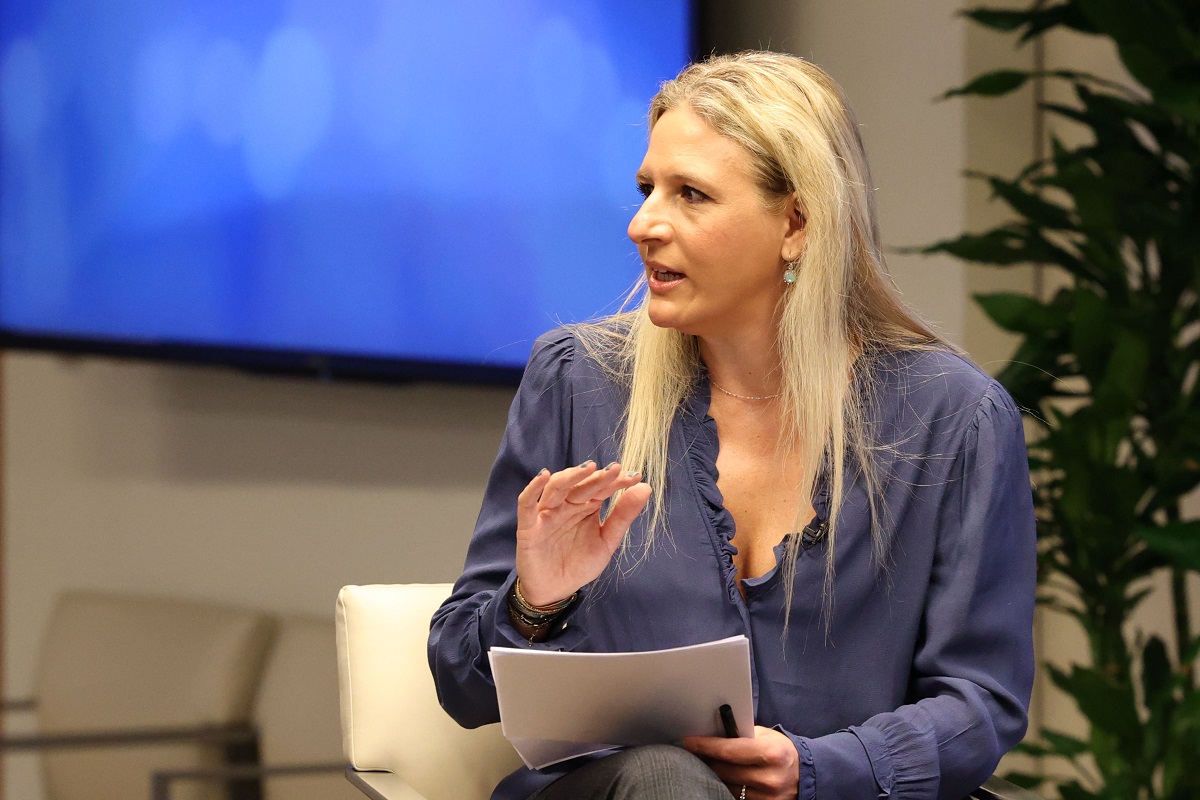Recommended
In 2020 we have seen a huge increase in the need for development assistance, in tandem with the fiscal space of richer countries shrinking. While the world’s largest economies pledged in March to “do what it takes” to mitigate the damage wrought by COVID in the developing world, the reality has not matched this rhetoric, as most recently exemplified by the UK’s announcement to cut back its aid. This mix of political pressures—and the desire to be seen as good international players—risks placing more strain on the definition of “official development assistance” (ODA), the most commonly used measure of aid. This risk comes at a time when donors are taking an ever broader view of ODA’s scope.
In our new paper, we explore these dynamics, and ask what can be done to ensure ODA remains robust and relevant. Along with others, we suggest clearer separation, and more credit, for “Beyond-ODA” activities such as spending on global public goods, to prevent them from encroaching on the ODA basket. We also recommend more formal developing country involvement in aid rule-setting. Here we explore how recent announcements on aid plans interact with these ODA rules, to help some aid providers climb the table of aid-generosity, but cause others to slip down.
Ups and downs in 2020
The UK government has just decided to allocate only 0.5 percent of GNI—expected to be around £10 billion ($13 billion)—to its aid budget in 2021, and plans to modify an existing law requiring a minimum of 0.7 percent. That is a cut of around £5 billion compared to the 2019 budget. Defending the decision, Foreign Secretary Raab pointed out that “on the 2019 OECD data, only one other G20 member allocated 0.5 percent or more of GNI to development spending. That was before the pandemic. Many are re-appraising their spending plans, as we are being forced to do.”
This statement is wrong on several levels. The G20 is not a good comparator, as roughly half of its national members are themselves emerging economies and aid recipients. Nonetheless, Saudi Arabia and Turkey, as well as Germany and the UK, which Raab referenced, all exceeded 0.5 percent last year. The EU is also a G20 member, representing several other nations already over that threshold (Denmark, Luxembourg, the Netherlands, and Sweden).
Let’s though look specifically at the G7, the advanced-economies club which the UK usually benchmarks in the international aid context and, coincidentally, will chair in 2021. Germany has increased its aid budget in 2020 and plans to do so again in 2021. France has also done so and is poised to exceed the UK’s proposed new ratio this year, at 0.52 percent of GNI. Then in 2021, both countries are set to approach, if not surpass, the totemic 0.7 percent target (see here for France, and here for Germany), leaving the UK far behind in their wake. Japan is estimated to have increased its reported ODA in 2020, though from a much lower ratio of national income. Canada has slightly increased theirs, also from a low base. Italy’s ratio remains low but must rise, as its aid budget was not reduced in line with GNI post-COVID. Ditto the US, depending also on the incoming Biden administration’s foreign aid posture, about which many observers are optimistic. So it is in fact the UK which turns out to win the booby prize in this group “reappraising its spending plans.”
What’s going on?
The COVID-19 crisis has put stress on aid budgets, of course, in at least three ways.
Firstly, ODA targets are often framed as shares of donors’ national income, as a crude but fair indicator of countries’ relative generosity.
So, when that income falls sharply, as it has almost everywhere in 2020, it is perfectly feasible to stick to 0.7 percent, or any other chosen ratio, but still cut aid volume proportionately. The ratio operates as an automatic safety valve in times of crisis and a ratchet upward during subsequent economic recovery. By just leaving aid budgets unchanged or not reducing them much, let alone increasing them moderately to help address the pandemic’s impact on poorer countries, donors can easily maintain or improve their ratios, and that is what most of them are doing so far. Deliberately cutting the minimum ratio itself is, of course, a double-whammy and a quite different political choice, one which seems unique to the UK so far among major players.
Secondly, the scoring of debt and debt relief
New rules approved by the OECD’s Development Assistance Committee earlier this year, in expectation of a new COVID-triggered developing country debt crisis, allow creditors to score debt relief as ODA on a very generous basis. Older rules that have caused controversy for decades remain in place, allowing ODA to be scored for relief on commercial loans which never qualified for ODA, nor had development goals. In 2021 alone, France forecasts that debt relief will increase its reported ODA by over 25 percent, bringing its forecast ratio to 0.69 percent-based on deals currently under discussion. Other creditor countries will report “debt relief spikes” on a similar basis, though they may well—as France has proposed to do, to its credit—sustain their other aid, net of debt relief. We argue that these rules greatly overstate their fiscal effort and risk needlessly inflating ODA, and need to be reconsidered urgently.
Moreover, the scoring of official loans as ODA on entry, aside from any debt relief, itself has a number of unusual quirks, chief of which the relatively high discount rates used to calculate their “grant equivalent.” Applying a different but plausible set of discount rates based on actual default rates of ODA loans, we estimate that Japan’s ODA ratio would fall by around a fifth to below both Italy’s and Canada’s, for instance. The only constant is the US at the bottom of the league table on aid generosity. The rank of every other country effectively depends on loan accounting rules.
Thirdly, dipping into the aid pot to spend on global challenges
The third and perhaps most insidious risk to ODA in the longer term is the temptation to fund large amounts of new spending on global challenges—such as tackling health pandemics and climate change—out of existing aid budgets. At the moment, the rules allow donors to record as ODA only programmes on such items spent within developing countries, with the proviso that they must be fully justified by the welfare of those countries, even where they also have wider spill-overs for humanity at large. So, vaccination campaigns for COVID-19 (or other global pandemics) in poor countries are included, but not research in rich ones to develop those global vaccines. Ditto investments in energy efficiency and improved public transport in poor countries, but not carbon sinks, or, again, climate-related R+D within donor countries.
Getting back on course
We argue that this quite subtle distinction—of which the general public is not aware—will become increasingly hard to sustain politically in future, particularly for climate change finance. It will also be harder to enforce with limited staff resources, as fast-moving technology and price changes complicate the identification of investments which are, and are not, sufficiently justified on national development grounds alone. We have proposed, as have other colleagues, setting up a beyond-ODA separate category, or “tier,” of international spending on such global challenges, to relieve some of that pressure. This tier may or may not have targets associated with it.
In the end, every binding public policy target, ODA ratios included, carries with it the potential risk of its underlying metrics eventually becoming corrupted, also known as Goodhart’s Law. The best-known examples are national and local targets for school exam results, hospital waiting lists, and police response rates. In the aid case, donor countries have a particular set of incentives in common: insofar as being seen to increase ODA is appealing, but actually doing so is costly, there will naturally be pressure to broaden ODA’s scope. Those on the receiving end do not share these incentives—and may have opposing ones—yet clearly have a large, legitimate stake in the outcome. So, the way forward must also include a much greater dose of transparency and consultation with developing countries in the formulation of the ODA rules themselves, for example on debt relief.
Disclaimer
CGD blog posts reflect the views of the authors, drawing on prior research and experience in their areas of expertise. CGD is a nonpartisan, independent organization and does not take institutional positions.






